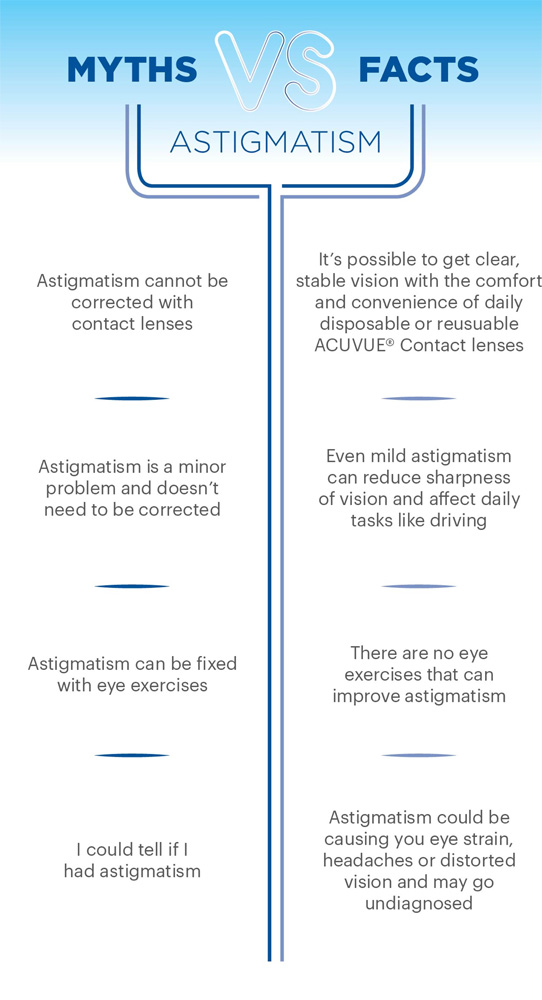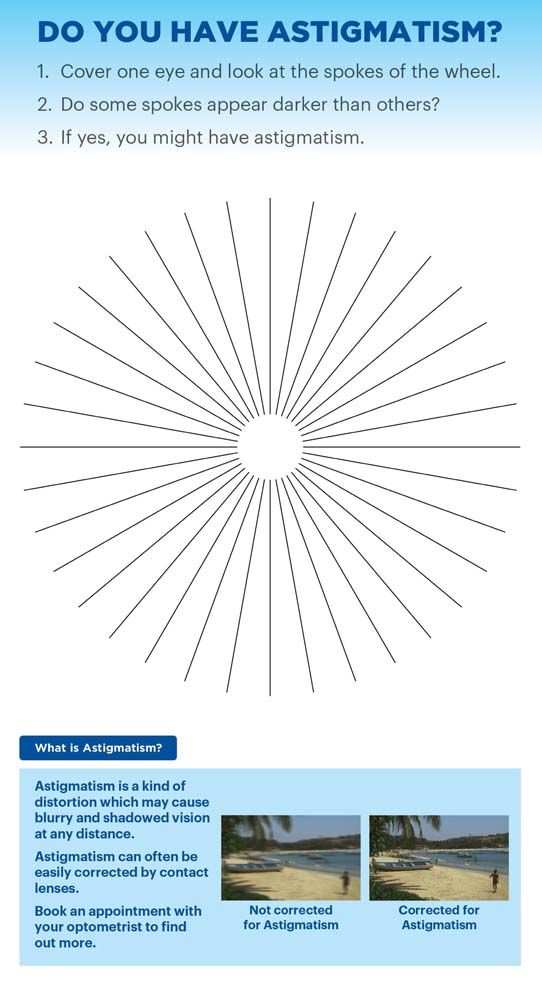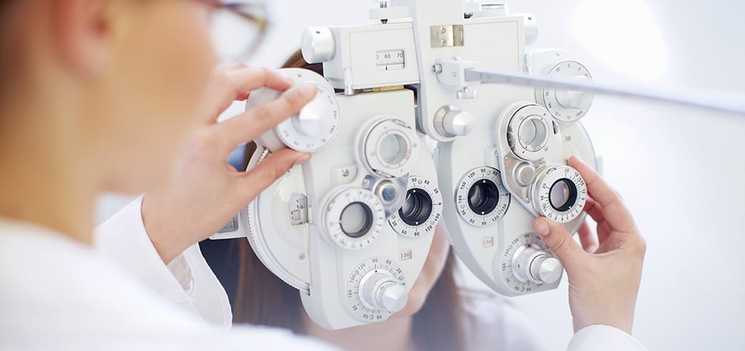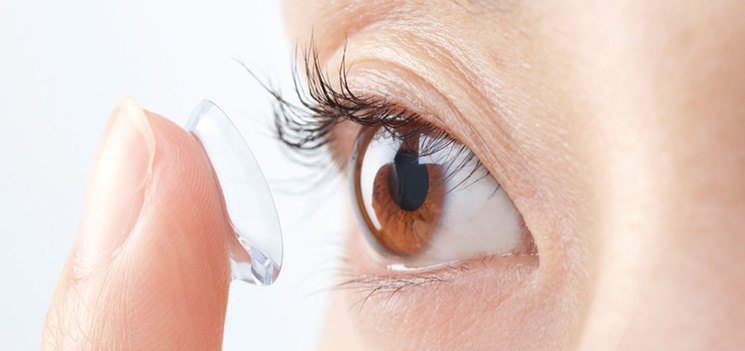Astigmatism
Having astigmatism means that your eye surface has an irregular curve. Simply put: your eyeball is supposed to be shaped like a baseball, but astigmatism causes it to be more like a rugby ball. Because your eye is curved unevenly, it has problems focusing light, which means blurry vision at near and far distances. You may have astigmatism in addition to nearsightedness or farsightedness.
There are two types: regular astigmatism and irregular astigmatism. These terms describe the shape of your eye. This is important information for your eye care professional as he or she determines your vision correction needs.
Thankfully, astigmatism can be corrected with glasses or contact lenses. It all comes down to getting the best combination of vision correction options to meet your needs. Keep reading for more information about astigmatism.
What Causes Astigmatism?
Astigmatism is caused by the irregular curve of your eye. You can be born with astigmatism, or you may notice it over time. It may also develop after an eye injury or eye surgery. Good news is, astigmatism is not caused, or made worse, by sitting too close to the TV or reading in low light.
Astigmatism is completely normal, and more common than you might think. It affects nearly half the population regardless of age.
What are symptoms of Astigmatism?
If you can’t quite make out the letters on that street sign or you have to reply to that text in brighter light, you may have astigmatism.
Other symptoms of Astigmatism include:
-Blurry or distorted vision at all distances
-Eyestrain
-Headaches
-Eye fatigue
-Squinting
-Difficulty seeing at night
It’s important discuss these symptoms with your optometrist.
How is Astigmatism diagnosed?
Astigmatism is diagnosed by your optometrist during your annual eye exam by using various instruments, lenses and lights to measure how your eyes focus. Be sure to communicate your concerns or blurry vision to your doctor during this time. If you do need vision correction for astigmatism, nearsightedness or farsightedness, your doctor will provide you with that prescription following a thorough exam.
How is Astigmatism corrected?
Astigmatism is corrected with spectacles, contact lenses or refractive surgery. To accurately correct for Astigmatism with contact lenses, a “toric” contact lens is required. This contact lens is made specifically for Astigmatism and will correct Astigmatism as well as nearsighted or farsighted needs.
















